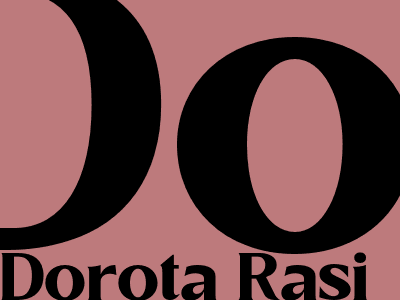Beginner's Guide to Image Optimization for SEO
Importance of Image Optimization
Search engines cannot interpret images like text. Hence, optimizing them with relevant information helps them understand the visual content on your website and improve your ranking in search results.
Choosing the Right Image Format
JPEG
Best for photographs and images with complex colors. Supports lossy compression, reducing file size without sacrificing quality significantly.
PNG
Suitable for images with text, graphics, or transparency. Uses lossless compression, maintaining high image quality but resulting in larger file sizes.
WebP
Recommended by Google. Provides both lossy and lossless compression options, offering a balance between image quality and file size.
Optimizing Image Size
Large images can slow down website loading times, negatively impacting SEO. Use image editing tools to resize images to the appropriate dimensions for your website while maintaining acceptable quality.
Optimizing Image File Name and Alt Text
File Name
Use descriptive file names that include relevant keywords to improve image indexing and search relevance.
Alt Text
Provide concise, accurate descriptions of the image's content using keywords to aid search engines in understanding the image and assist visually impaired users.
Using Structured Data
Implement structured data to provide additional context to search engines about your images. This helps them better understand the content and display it in search results.
Benefits of Image Optimization
- Improved search ranking
- Faster website loading times
- Enhanced user experience
- Increased website accessibility
Conclusion
Image optimization is crucial for SEO and overall website performance. By following these best practices, you can ensure that your images are properly indexed by search engines, helping your website rank higher in search results and provide a better user experience.

Komentar